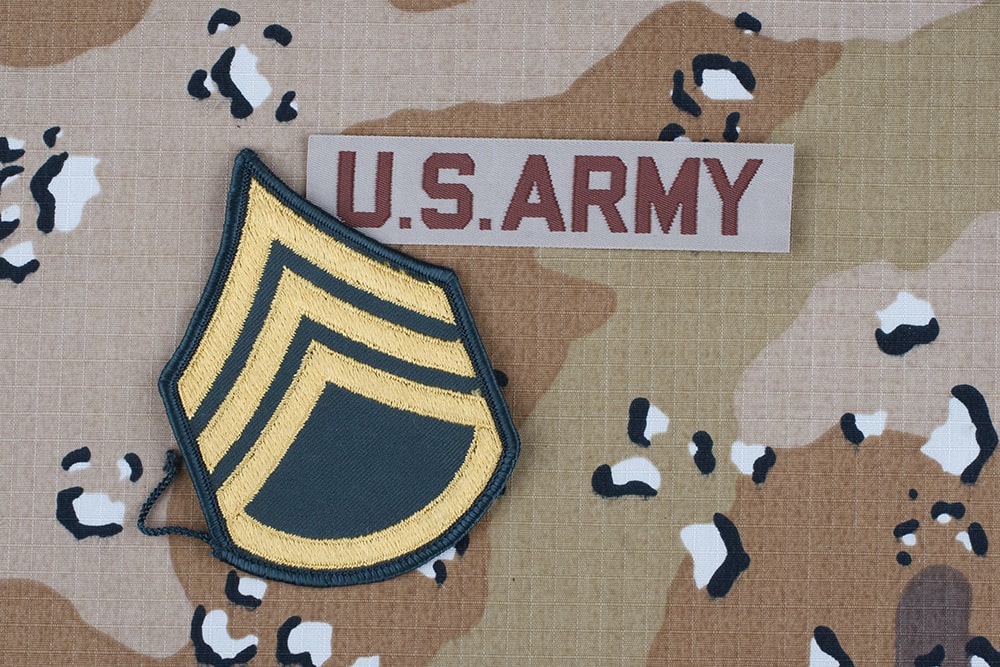Before diving into the attachment process, it's crucial to select the right item for your patch. As a general rule of thumb, opt for fabrics that are at least as heavy as the patch itself. Fabrics like denim and cotton provide an ideal base for iron-on patches, offering both durability and stability.
2. Prepare Your Work Surface
Lay your chosen item flat on a heat-resistant surface, such as an ironing board or a sturdy table. Ensure there are no wrinkles or folds in the fabric, as these can interfere with the adhesion process.
3. Heat Up Your Iron
Before applying the patch, heat up your iron to the hottest setting that your fabric can tolerate. It's essential to turn off the steam option, as moisture can hinder the adhesive's effectiveness.
4. Iron the Base Area
To create a smooth and even surface for the patch, iron the area where you intend to place it. This step helps to remove any creases and ensures optimal adhesion.
5. Position the Patch
Once the base area is prepped, position the patch on the desired location. Take care to align it precisely, as repositioning once it's attached can be challenging.
6. Protect With a Thin Garment
To shield the patch and prevent direct contact with the iron, place a thin garment or fabric over it. This additional layer serves as a buffer and helps distribute heat evenly.
7. Apply Heat and Pressure
With the patch covered, position the heated iron over the garment and press down firmly for approximately 25 seconds on each side. Apply consistent pressure to ensure the adhesive bonds securely with the fabric.
8. Allow to Cool
Once you've ironed both sides of the patch, remove the iron and allow the area to cool completely. Avoid disturbing the patch during this time to ensure proper adhesion.
9. Test for Secure Attachment
After cooling, gently rub the edge of the patch with your finger to check for adhesion. If any part lifts up, repeat the heating process until the patch is firmly fixed in place.
10. Optional Reinforcement
For added durability and security, consider reinforcing the patch with a sewing machine or needle and thread. Stitching around the edges provides extra strength and ensures the patch stays put, especially with frequent use and washing.
11. Allow for Full Adhesion
While the patch may appear securely attached immediately after ironing, full adhesiveness typically develops over time. Allow at least 48 hours for the adhesive to set completely before subjecting the item to extensive wear or washing.
By following these steps meticulously, you can achieve professional-looking results and enjoy your customized creations for years to come. Whether you're expressing your creativity or giving new life to old garments, attaching iron-on patches is a simple yet effective way to make a statement with your style. So, gather your patches, fire up the iron, and let your imagination run wild.


